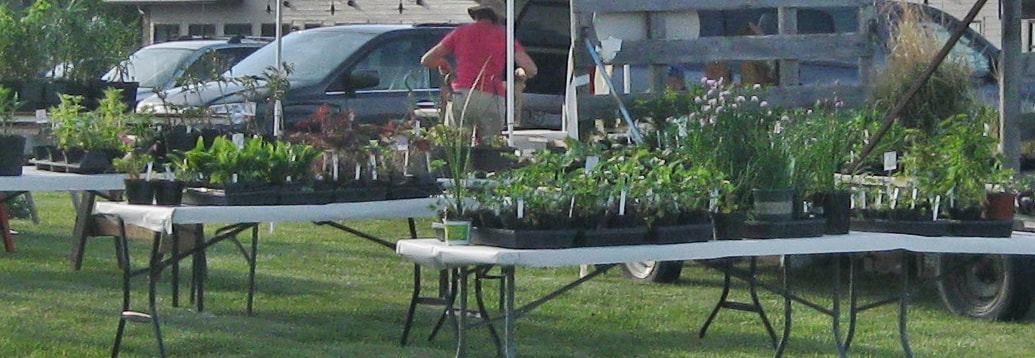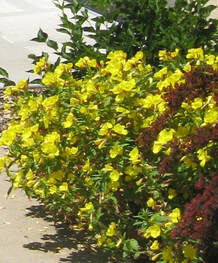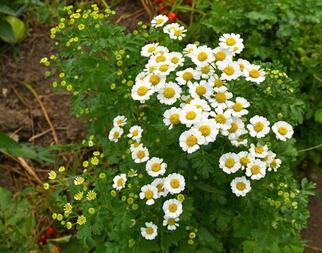|
It is always great to get plants at reduced prices at yard sales, flea markets and the local garden club plant sales. It's even better to get them free from friends and neighbors but there are a few things you should know to protect your gardens, ensure success and avoid wasting your time and money.
Helpful guide in diagnosing plant health https://extension.psu.edu/diagnosing-poor-plant-health Invasives in Wisconsin https://dnr.wi.gov/topic/Invasives/what.html https://hort.extension.wisc.edu/topics/other/weedsinvasive-plants/ Where to find free and cheap plants https://www.thespruce.com/get-cheap-free-garden-plants-2736879 Article and photos by Pam Davies, North Country Master Gardener Volunteer.
0 Comments
Leave a Reply. |
|
| North Country MGV | gARDEN bLOGS |
Location |
|



 RSS Feed
RSS Feed